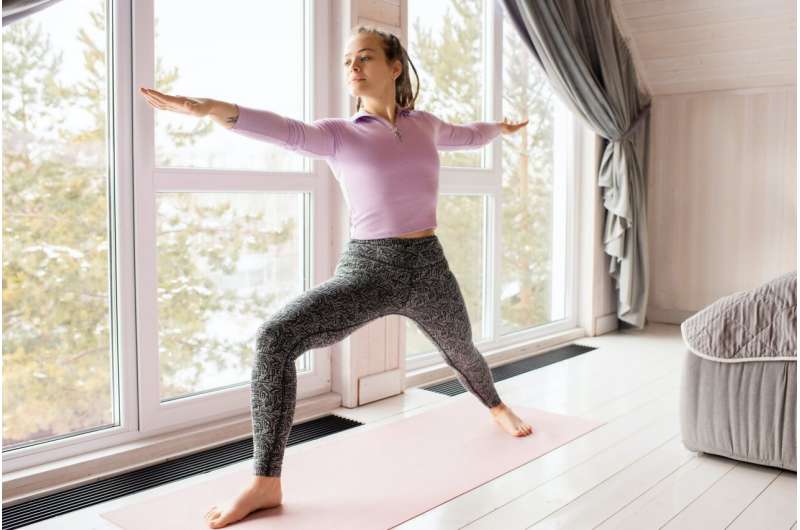Japanese Walking: A Simple, Effective Fitness Trend for Better Health

Discover the health benefits of Japanese walking, a simple interval-style exercise that improves cardiovascular health, strength, and longevity with minimal equipment and time commitment.
Japanese walking is an increasingly popular fitness trend that emphasizes interval-style walking, providing numerous health benefits with minimal equipment and commitment. Developed by Professor Hiroshi Nose and Associate Professor Shizue Masuki at Shinshu University in Japan, this method alternates between high- and low-intensity walking periods to boost physical health.
The practice involves walking at a faster pace, or 'somewhat hard,' for three minutes, then reducing to a 'light' pace for another three minutes. Repeating this cycle for at least 30 minutes, four times a week, creates an effective workout that promotes cardiovascular health, muscle strength, and overall fitness.
Unlike traditional high-intensity interval training (HIIT), Japanese walking is less strenuous and easier to incorporate into daily routines. It requires only a stopwatch and a safe walking space, making it accessible for most people. Its simplicity makes it an attractive alternative for those who find step-count goals like 10,000 steps daunting or unmotivating.
Scientific studies support its effectiveness. A 2007 Japanese study found that participants following this method experienced significant reductions in body weight and blood pressure compared to those engaging in lower-intensity walking. Improvements in leg strength and physical fitness were more pronounced in the Japanese walking group. Longer-term research indicates that this activity can help prevent age-related declines in strength and fitness, potentially contributing to longer life expectancy.
However, not everyone may find Japanese walking suitable; in the 2007 study, about 22% of participants did not complete the program. The key takeaway is that the effectiveness of any exercise depends on consistency and intensity, regardless of the specific activity.
While encouraging physical activity, it's essential to aim for regular bouts of moderate to vigorous exercise. Studies show that consistent physical activity, even in short bursts like Japanese walking, can promote longevity and improve health outcomes.
In conclusion, Japanese walking offers a practical, low-cost way to enhance health, requiring minimal equipment and planning. Its proven benefits make it a worthwhile option for anyone looking to incorporate more physical activity into daily life.
Stay Updated with Mia's Feed
Get the latest health & wellness insights delivered straight to your inbox.
Related Articles
The Impact of Childhood Habits on Adult Health: What Early Behaviors Mean for the Future
Early childhood habits in physical activity and fitness significantly impact long-term health, influencing risks for cardiovascular disease and obesity in adulthood. Early intervention and supportive education are vital for establishing lifelong healthy routines.
7 Expert-Recommended Strategies for Safe Outdoor Fitness
Stay healthy and injury-free during outdoor workouts with these expert-approved safety tips. Learn how to start gradually, choose proper gear, and protect yourself outdoors.
Exploring the Concept of Microdosing Exercise: Can Small Bouts Boost Your Health?
Discover how small, high-intensity exercise sessions or 'microdosing' can effectively boost your health, even with limited time. Learn the latest research on segmented workouts and their benefits.
New Study Highlights Cognitive and Behavioral Gains from Whole-Body Play in Children with Autism
Research reveals that whole-body movement activities can significantly enhance cognitive functions and behavior in children with autism spectrum disorder, promoting better decision-making and emotional regulation.



